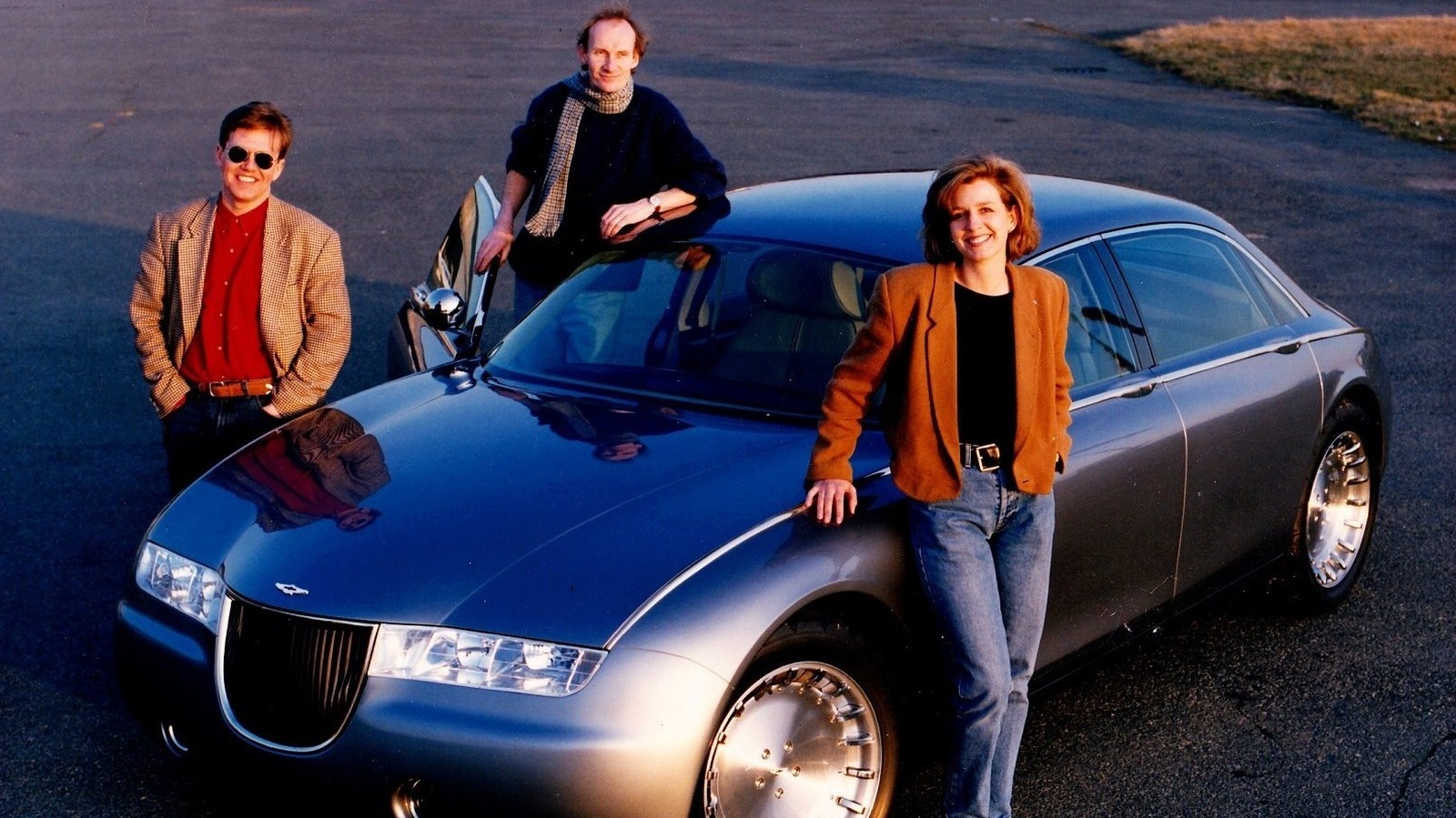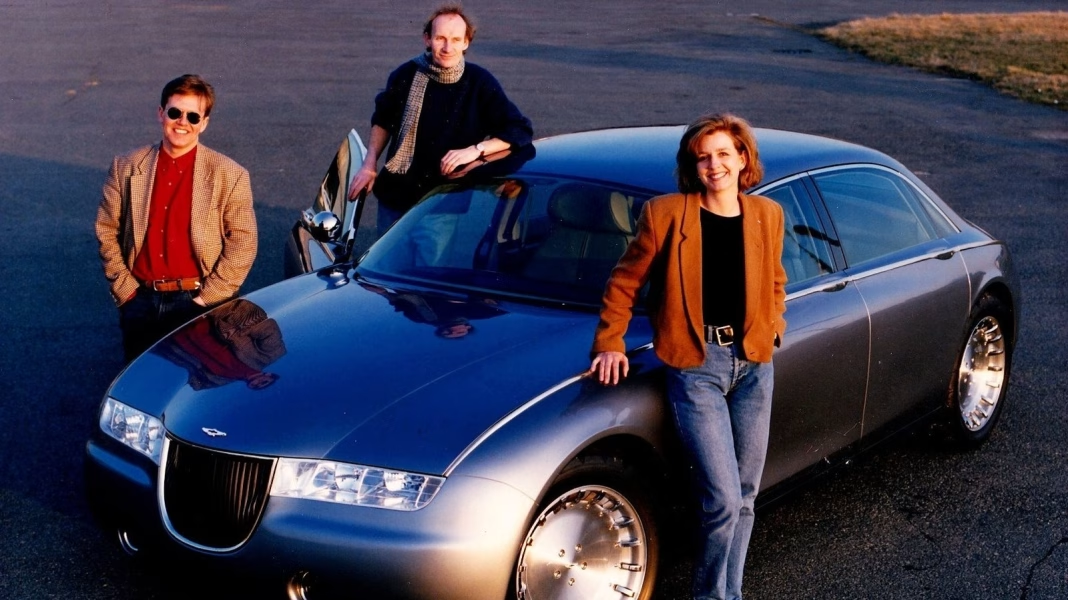What Was the Story Behind the 1993 Aston Martin Concept Car?
When you think of Aston Martin, images of sleek British engineering and James Bond-worthy luxury probably come to mind. But in 1993, the iconic brand took a detour that left car enthusiasts scratching their heads. They unveiled a concept car that, on the surface, looked every bit the part of a classic Aston. Underneath, though, it was hiding a secret: the bones of a Lincoln Town Car and an engine that was, frankly, a bit underwhelming for the badge.
Why Did Aston Martin Use a Lincoln Chassis for Their Concept?
This wasn’t just a case of borrowing a few parts. The entire foundation of this concept was a Lincoln Town Car chassis. Why would Aston Martin, a brand synonymous with British craftsmanship, take such an unusual route? The answer lies in practicality and cost. Developing a brand-new platform from scratch is a massive investment, especially for a low-volume luxury automaker. By using a tried-and-true American chassis, Aston Martin could focus on design and innovation without breaking the bank.
It’s worth noting that during the early ‘90s, Aston Martin was navigating choppy financial waters. Ford had recently acquired a controlling stake in the company, and with that came access to Ford’s extensive parts bin—including the Lincoln Town Car’s underpinnings. This move wasn’t just about saving money; it was about survival and staying relevant in a rapidly changing automotive landscape.
How Did the Engine Choice Impact the Concept’s Reception?
Here’s where things get even more interesting. Instead of the thunderous V8 or V12 engines Aston Martin is famous for, this concept was powered by a V6. That’s four cylinders short of what fans expected. For purists, this was almost sacrilegious. The engine choice was likely influenced by the same factors that led to the Lincoln chassis: cost, availability, and perhaps a desire to experiment with more efficient powertrains.
But let’s be honest—Aston Martin’s identity is tied to performance and sound as much as style. The V6 just didn’t deliver the same visceral experience. Critics and fans alike noticed. According to industry analysts at the time, the concept was seen as a bold but ultimately misguided attempt to blend British luxury with American practicality.
What Did This Concept Mean for Aston Martin’s Future?
While the 1993 concept never made it to production, it did serve as a learning experience. It highlighted the challenges of balancing tradition with innovation, especially for a brand with such a storied legacy. Aston Martin realized that while cost-saving measures are important, they can’t come at the expense of what makes the brand special.
Interestingly, this experiment paved the way for future collaborations and platform sharing, but with a more careful approach. Later models benefited from Ford’s resources without losing the essence of what makes an Aston Martin unique. The brand’s subsequent resurgence in the late ‘90s and 2000s can be traced back, in part, to lessons learned from this unusual project.
Are There Other Examples of Luxury Brands Using Unlikely Platforms?
Aston Martin isn’t alone in this. Luxury automakers have occasionally borrowed platforms from more mainstream brands, especially during tough times. For example, Rolls-Royce once used General Motors transmissions, and Bentley has shared components with Volkswagen. The key is in the execution—how well the borrowed parts are integrated and whether the final product still feels true to the brand.
In the case of the 1993 Aston Martin concept, the disguise wasn’t quite convincing enough. But it’s a fascinating footnote in automotive history, showing that even the most prestigious brands sometimes need to get creative to survive.
What Can Car Enthusiasts Learn from This Oddball Concept?
The big takeaway? Reinvention isn’t about perfection—it’s about smarter adjustments. Even legendary brands like Aston Martin have to experiment, sometimes making odd choices along the way. Start with one change this week—whether it’s in your garage, your work, or your daily routine—and you’ll likely spot the difference by month’s end. Sometimes, the most unexpected combinations spark the brightest ideas.


